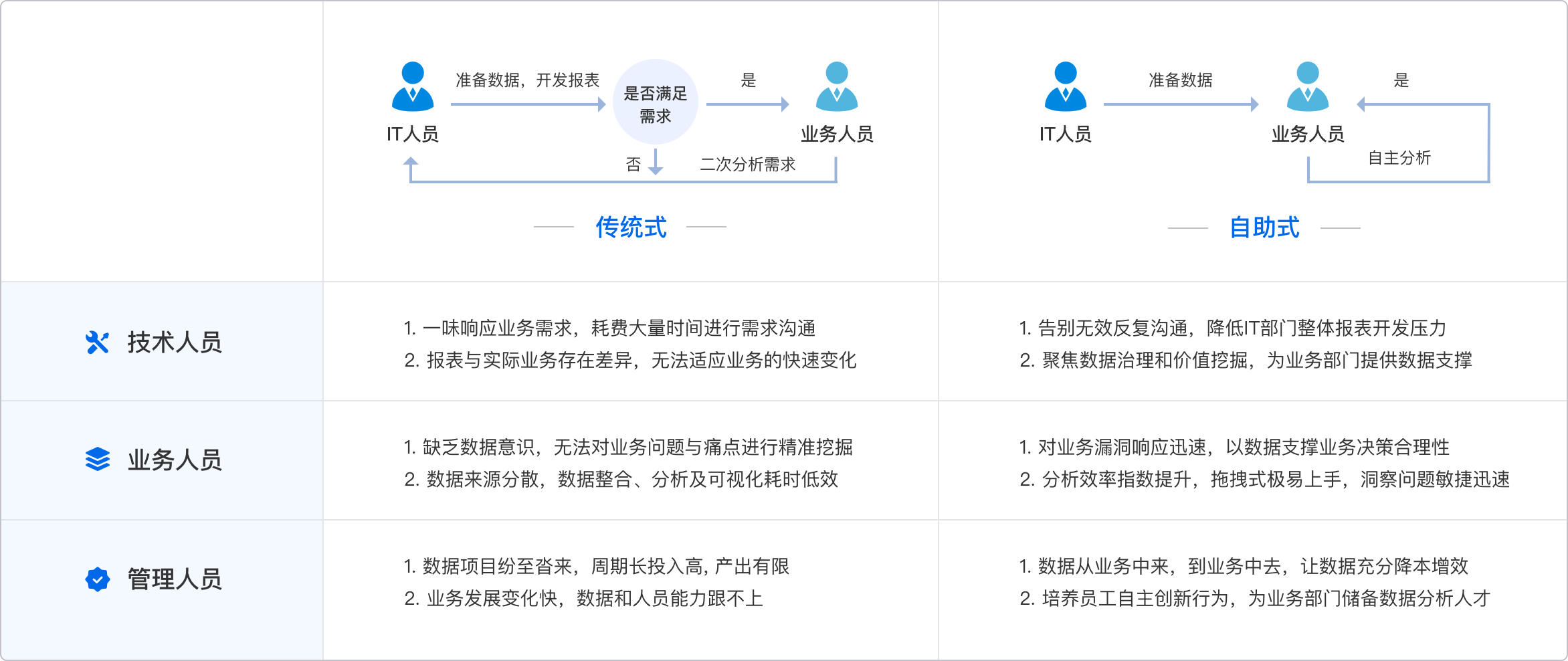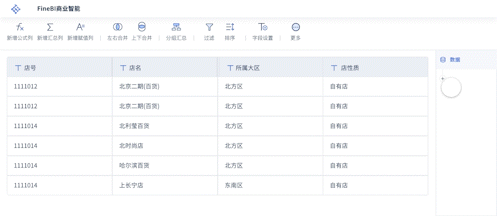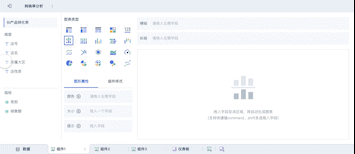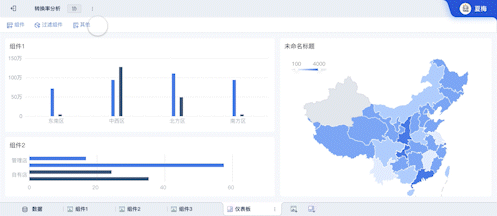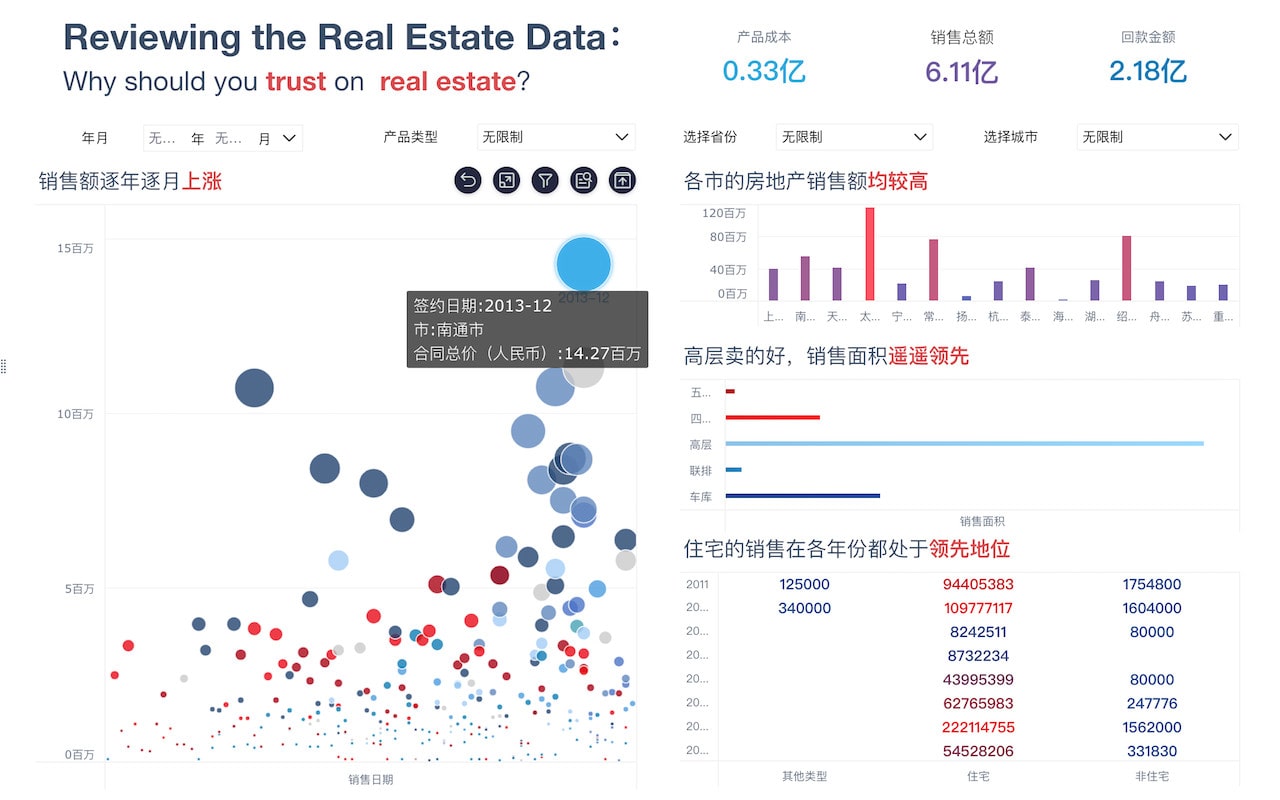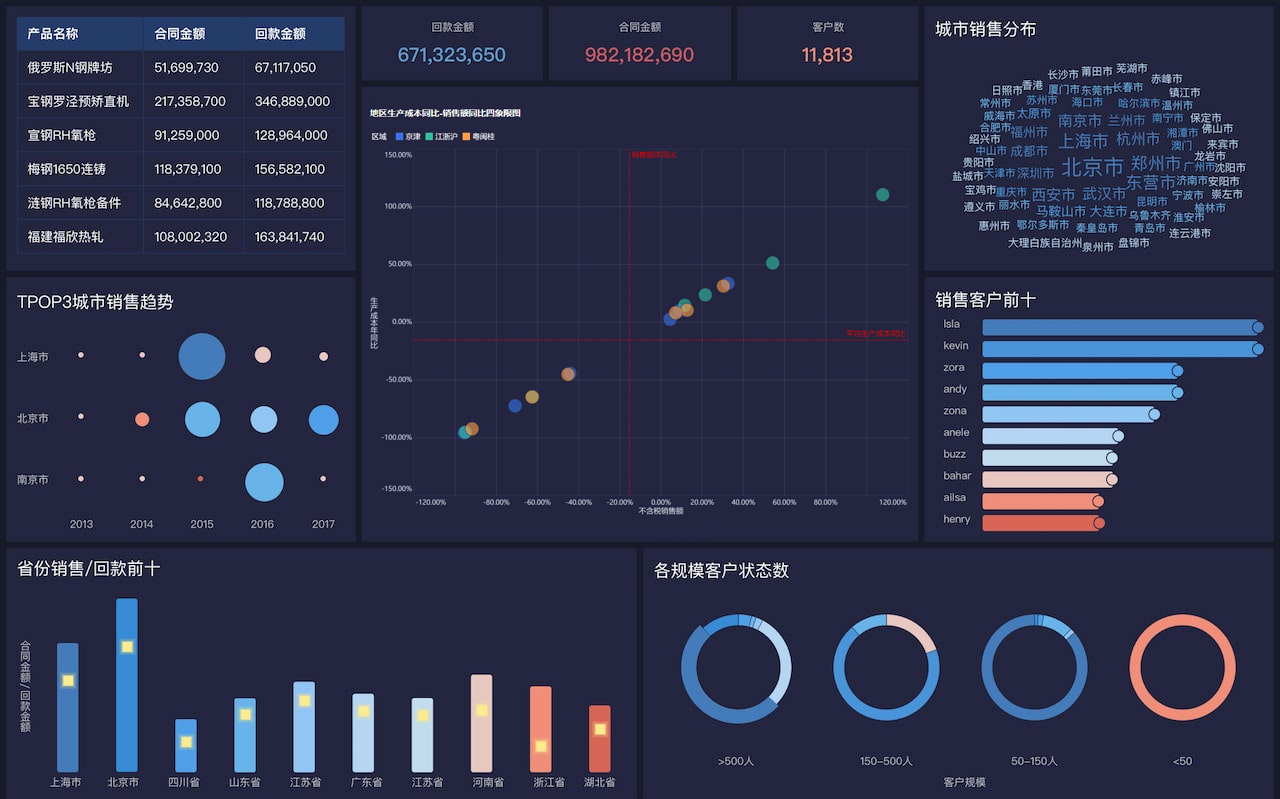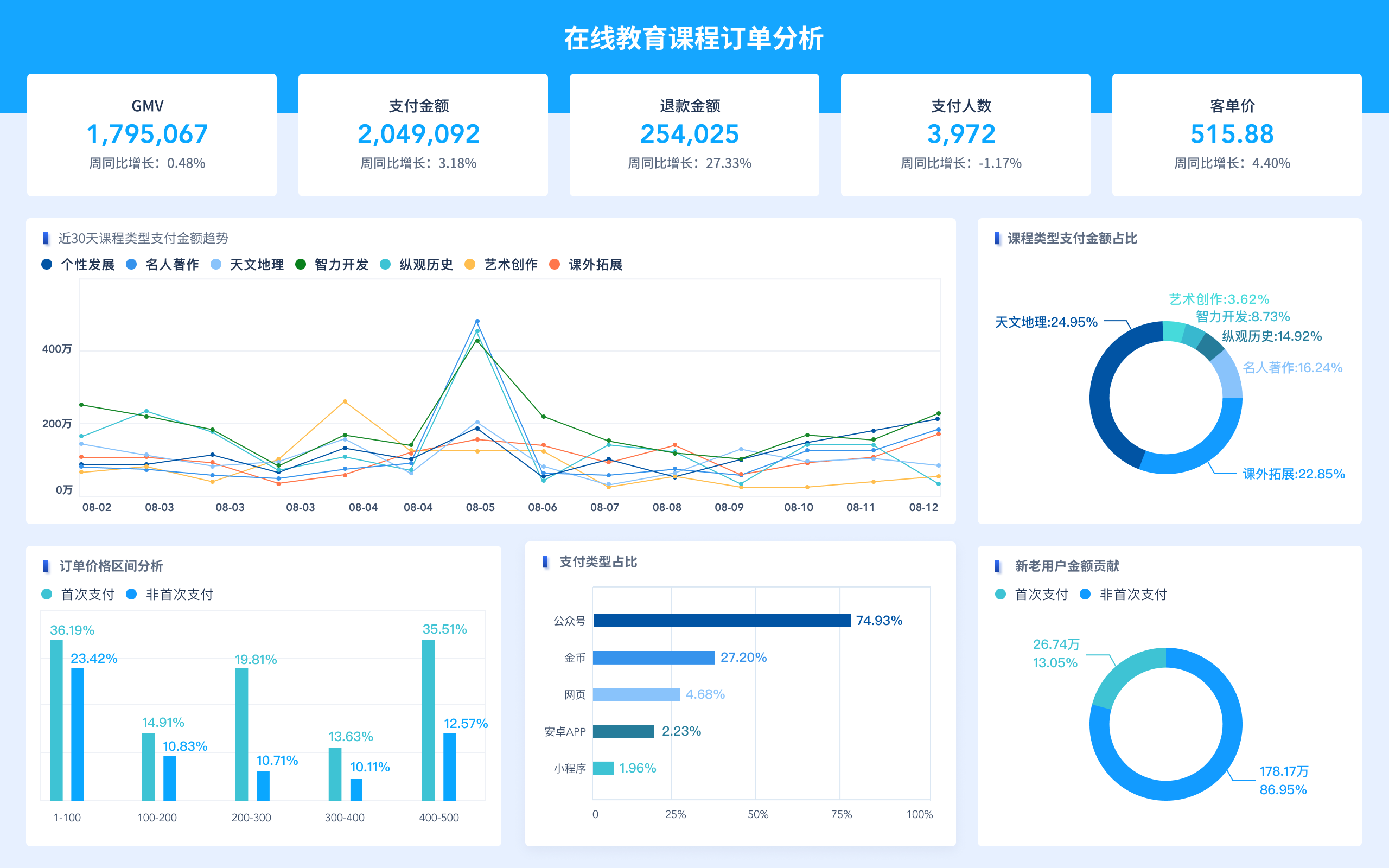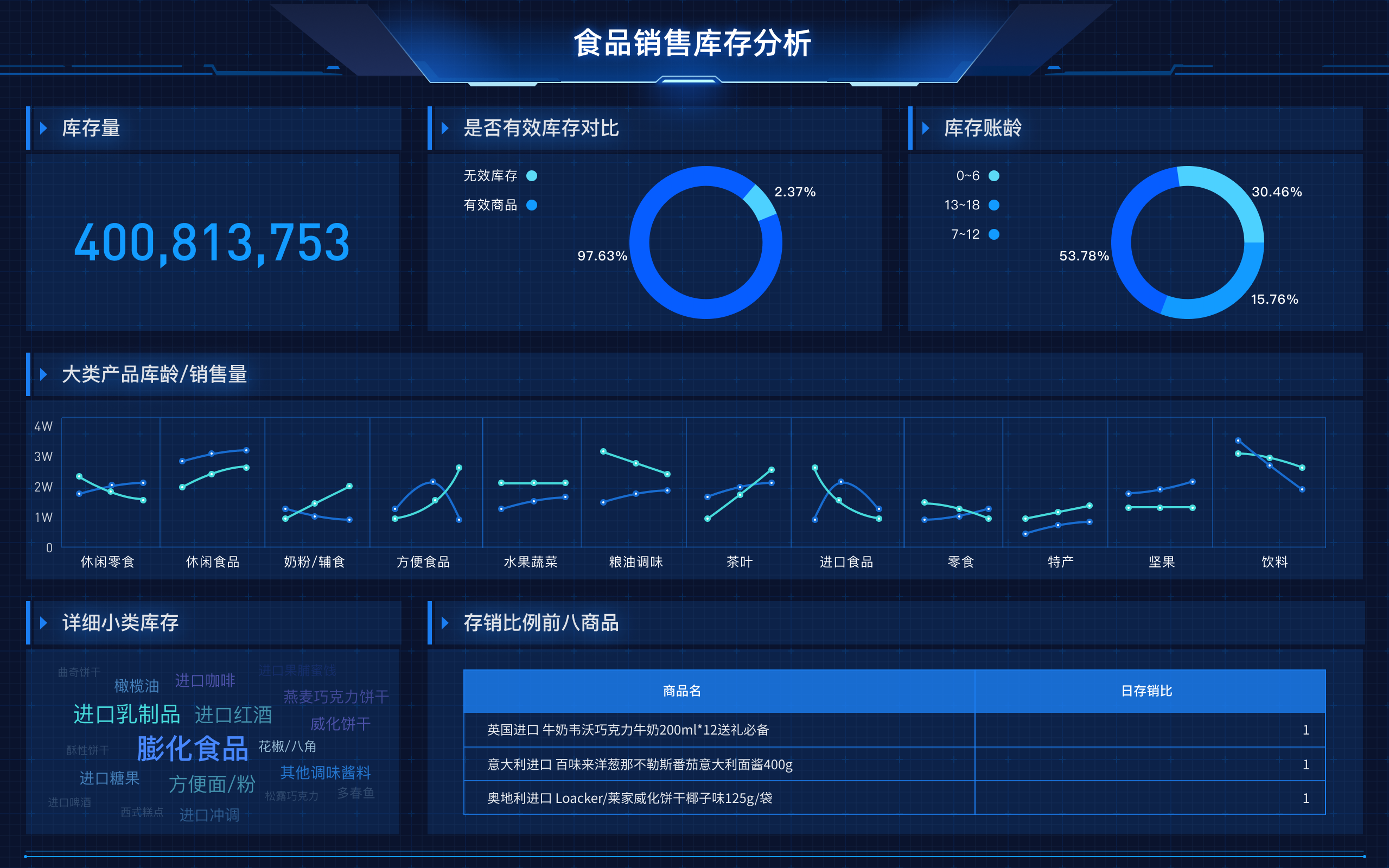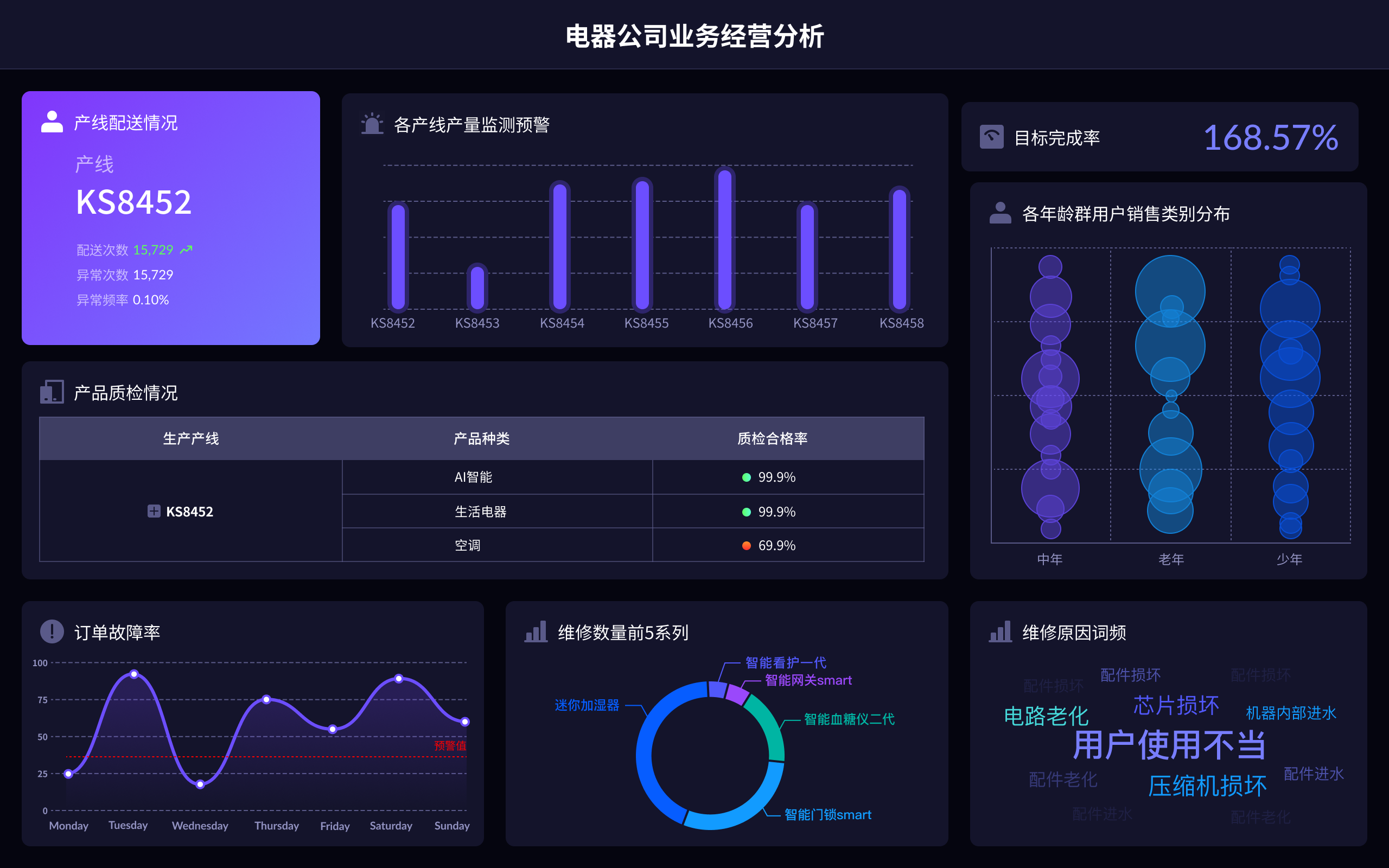
A big data analysis outline refers to a structured plan or framework for conducting analysis on large datasets. It includes the steps and methodologies to be followed to extract valuable insights from massive amounts of data. A typical big data analysis outline might encompass various components such as data collection, data processing, data analysis, and result interpretation. In this context, the role of tools like FineBI is essential, as they provide robust capabilities for data visualization and business intelligence, facilitating easier and more efficient analysis. FineBI is a powerful BI tool that supports big data analytics with its user-friendly interface and advanced functionalities, making it an excellent choice for businesses aiming to leverage their data for strategic decision-making.
I、INTRODUCTION TO BIG DATA ANALYSIS
Big data analysis has become a cornerstone in modern business strategies. It involves examining large and varied data sets to uncover hidden patterns, correlations, and other insights. The process of big data analysis requires the use of sophisticated tools and technologies due to the volume, velocity, and variety of the data involved. Understanding the importance and intricacies of big data analysis is crucial for organizations looking to gain a competitive edge.
II、DATA COLLECTION
Data collection is the initial step in the big data analysis process. It involves gathering raw data from various sources, which can include transactional systems, social media, sensors, and more. The quality and relevance of the collected data significantly impact the subsequent steps in the analysis. Utilizing tools like FineBI can streamline this process by integrating multiple data sources and ensuring the data is ready for analysis.
III、DATA PROCESSING
Once the data is collected, it must be processed to make it suitable for analysis. Data processing includes steps like data cleaning, data transformation, and data integration. This stage is critical as it ensures the data is accurate, consistent, and formatted correctly. FineBI offers functionalities to automate and simplify data processing, thereby reducing the time and effort required to prepare the data.
IV、DATA ANALYSIS
Data analysis is the core phase where various techniques are applied to extract insights from the processed data. This can involve statistical analysis, machine learning, predictive modeling, and more. FineBI provides advanced analytical tools and interactive dashboards that enable users to perform complex analyses with ease. These tools help in identifying trends, patterns, and anomalies that can inform business decisions.
V、DATA VISUALIZATION
Visualizing data is essential for interpreting and communicating the results of the analysis effectively. Data visualization involves creating graphs, charts, and other visual representations of the data. FineBI excels in this area with its extensive library of visualization options and customizable features. Effective visualizations can help stakeholders quickly grasp complex insights and make informed decisions.
VI、RESULT INTERPRETATION AND REPORTING
The final step in the big data analysis outline is interpreting the results and reporting them to relevant stakeholders. This involves summarizing the findings, drawing conclusions, and making recommendations based on the analysis. FineBI's reporting capabilities allow users to create detailed and interactive reports that can be easily shared and understood by non-technical audiences. These reports are crucial for driving actionable insights and strategic planning.
VII、CASE STUDIES AND APPLICATIONS
To illustrate the practical applications of big data analysis, it is beneficial to examine case studies from various industries. For example, in healthcare, big data analysis can help in predicting disease outbreaks and personalizing patient care. In retail, it can be used to optimize supply chain management and enhance customer experience. FineBI has been successfully implemented in numerous real-world scenarios, demonstrating its versatility and effectiveness in various contexts.
VIII、CHALLENGES AND BEST PRACTICES
Despite its potential, big data analysis comes with several challenges, including data privacy concerns, high costs, and the need for specialized skills. Addressing these challenges requires adopting best practices such as ensuring data security, investing in scalable infrastructure, and fostering a data-driven culture within the organization. FineBI can assist in mitigating some of these challenges by providing secure and scalable solutions that are accessible to users with varying levels of expertise.
IX、FUTURE TRENDS IN BIG DATA ANALYSIS
The field of big data analysis is constantly evolving, with new trends and technologies emerging regularly. Some of the future trends include the integration of artificial intelligence, the growth of edge computing, and the increasing importance of real-time analytics. Staying abreast of these trends is essential for businesses to remain competitive. FineBI is continuously updating its features to incorporate the latest advancements, ensuring that users have access to cutting-edge tools for their analysis needs.
X、CONCLUSION
Big data analysis is an indispensable tool for modern businesses, providing valuable insights that drive decision-making and strategic planning. By following a structured outline and utilizing powerful tools like FineBI, organizations can effectively harness the power of their data. FineBI's comprehensive suite of features, including data integration, processing, analysis, and visualization, makes it an ideal choice for companies looking to leverage big data for growth and innovation. For more information on FineBI and its capabilities, visit the official website: https://s.fanruan.com/f459r;
相关问答FAQs:
What is the English term for "outline of big data analysis"?
The English term for "大数据分析的提纲" is "Big Data Analysis Framework". A framework in the context of big data analysis refers to a structured plan or outline that outlines the processes, tools, and methods to be used in analyzing large sets of data to extract meaningful insights and make informed decisions.
What does a Big Data Analysis Framework typically include?
A Big Data Analysis Framework usually includes several key components such as data collection, data storage, data processing, data analysis, and data visualization. Data collection involves gathering data from various sources such as sensors, databases, social media, and more. Data storage involves storing the collected data in a secure and organized manner, often utilizing technologies like data lakes or data warehouses. Data processing involves cleaning and transforming the raw data into a usable format for analysis. Data analysis involves applying statistical and machine learning techniques to the processed data to uncover patterns, trends, and insights. Data visualization involves presenting the analyzed data in visual formats such as charts, graphs, and dashboards to make it easier for stakeholders to understand and interpret the findings.
Why is having a Big Data Analysis Framework important?
Having a Big Data Analysis Framework is essential for organizations that deal with large volumes of data as it provides a structured approach to handling and analyzing data effectively. A framework helps organizations streamline their big data processes, improve data quality, reduce errors, and enhance decision-making based on data-driven insights. By following a framework, organizations can ensure that they are utilizing the right tools and techniques for analyzing big data, leading to more accurate results and better business outcomes. Additionally, a framework helps in standardizing data analysis procedures across the organization, making it easier to collaborate and share findings among different teams and departments.
本文内容通过AI工具匹配关键字智能整合而成,仅供参考,帆软不对内容的真实、准确或完整作任何形式的承诺。具体产品功能请以帆软官方帮助文档为准,或联系您的对接销售进行咨询。如有其他问题,您可以通过联系blog@fanruan.com进行反馈,帆软收到您的反馈后将及时答复和处理。


